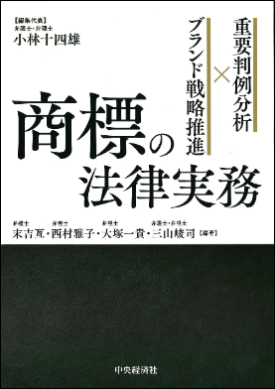-
Articles
14 New Geographical Indications Granted Registrations In 2019
In 2019, the Department of Intellectual Property (DIP) has granted registrations for 14 new geographical indications (GI); of which 13 out of the 14 are local GI products. Over recent years, the DIP has been pushing and encouraging for more local GI registrations which is in line with its target to register at least one GI product for each province in Thailand under the campaign “One Province, One Geographical Indication”.
The new GI products granted registrations by the DIP in 2019 are as follows:-
- Muang Krabi Coffee: a Robusta coffee grown in certain areas of Krabi Province in the Southern part of Thailand with its unique characteristics;
- Khao Niew Khiaw Ngoo Chiang Rai: a special sticky rice variety grown in four districts in Chiang Rai Province in the Northern part of Thailand, containing high amounts of antioxidants like vitamin E;
- Dan Kwian Pottery: pottery products produced by a special traditional technique performed by local people in certain districts of Nakhon Ratchasima Province in the Northeastern part of Thailand;
- Satun Champedak: a kind of plant, farmed in Satun Province in the Southern part of Thailand, the fruit of which looks similar to jackfruit but is sweeter, more tender and has a stronger smell than jackfruit;
- Naiwong Ranong Durian: a type of durian Monthong specially grown in certain areas of Ranong Province, the fruits of which has a very delicate texture and an aromatically sweet smell;
- Pla Chon Mae La: a striped snake-head fish found in Mae La river and manufactured in certain areas of Sing Buri Province;
- Tha Le Noi Phatthalung Fermented Catfish: a catfish found in Thale Noi Non-Hunting Area (a protected fresh water wetland) of Phatthalung Province in the Southern part of Thailand, fermented by unique processes;
- Par Jor Khaew Maesod Bean: fried beans made from Pae Jee beans grown in certain sub-districts of Tak Province and manufactured and processed only in Mae Sot District in the Northern part of Thailand;
- Pha Mai Kep Ban Muengluang: the most famous hand-made silk in Thailand, woven by traditional looms with various special handicraft techniques in Muengluand sub-district of Srisaket Province;
- Nam Dok Mai Sakaeo Mango: Nam Dok Mai golden mango is grown in certain areas of Sakaeo Province of Eastern Thailand, the fruit of which is elongated, with a prominent beak and, is normally orangish yellow in colour, it is well known for having very little fiber, a strong and pleasant aroma, and a very sweet taste when it is ripe;
- Nam Dok Mai See Thong Bang Khla Mango: a special variety of the Nam Dok Mai Mango grown in Bang Kla District of Chachoengsao Province in Eastern Thailand, having a very thin and golden yellow skin and smooth texture inside;
- Phayao Lychee Mae Chai: Hong Huay lychee is grown in Mae Chai area of Phayao province in Northern Thailand, the fruit of which have a unique long and oval shape and some are heart-shaped;
- Rayong Golden Pineapple: a type of Queen pineapple grown in Rayong province in Southern Thailand with very thin skin and a consistently yellow colour, , turning golden when very ripe; and
There are still some remaining and pending GI applications currently under examination by the registrars. Ms. Wanpen Nicrovanachumrus, Deputy Director-General of the DIP said that each province of Thailand is going to have at least one GI product, possibly by the end of 2020, which is in line with the national campaign “One Province, One Geographical Indication”.




